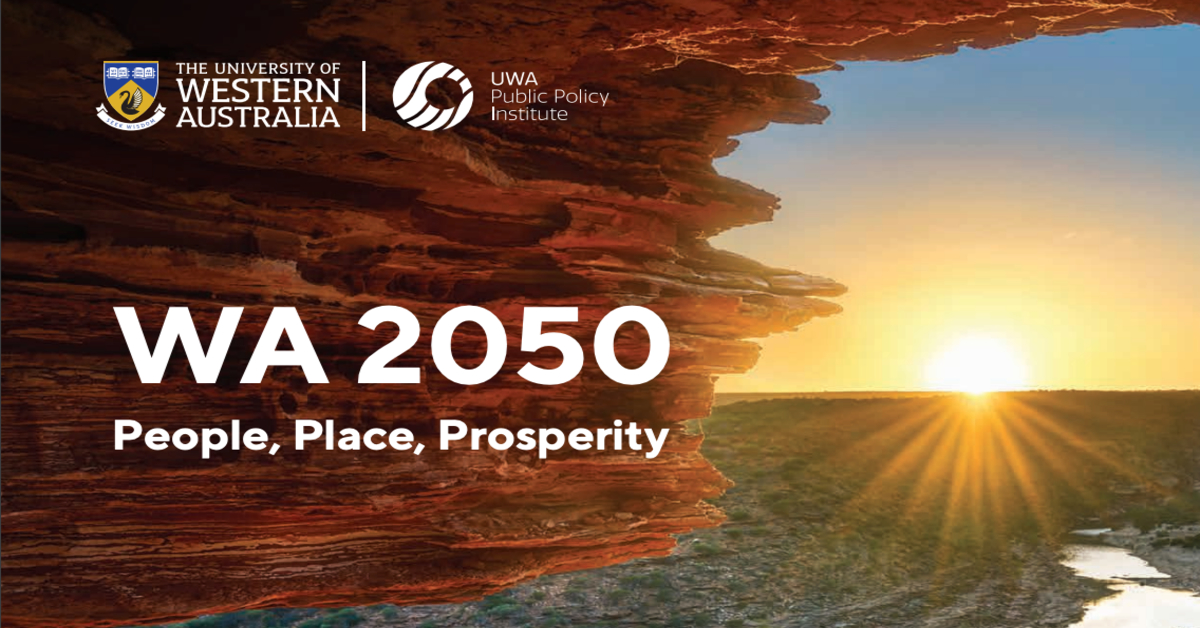Published in March by The University of Western Australia’s (UWA) Public Policy Institute, the WA 2050 report lays out what’s at stake across the next three decades and the most promising ways to boost the future of WA. (You can access the report here)
In his excellent piece (p. 65), titled “Space industry: Opportunities for economic diversification and innovation”, Associate Professor Danail Obreschkow highlighted how WA can shape Australia’s space ambitions rather than follow them.
Dr Obreschkow is the head of the UWA International Space Centre and an Associate Professor in Astrophysics. He’s also an astrophysicist at the UWA node of the International Centre for Radio Astronomy Research (ICRAR).
“The global civil space sector is developing into a trillion-dollar economy, and so Australia sits on the precipice of a space boom,” said Dr Obreschkow.
“WA’s isolated geographic location, with its radio-quietness and ideal position in the southern hemisphere, makes us a much-needed partner in securing continuous communication links to most space missions.
“However, as demonstrated by all space-capable nations, creating a prospering space economy requires a space culture, in which emerging industries, academia and government work together.”
Turbocharging space research with HPCaaS.
At DUG, our high-performance computing as a service (HPCaaS) experts have been working extensively with the astrophysics and astronomy communities in Australia to build, install, tune, and optimise many packages and workflows used in the field.
Having astronomy software packages integrated into our cloud-based HPCaaS environment and supported by our dedicated HPCaaS experts, allows researchers and industry players alike to free themselves from HPC challenges, and concentrate on their #1 priority—the science.
Read a case study on our work with smart-satellite provider Lat Connect 60, where we processed satellite imagery in 2% of the previous processing time, cutting the time required from weeks to hours.
This case study highlights our work with ICRAR, where our HPCaaS experts helped put Australia at the forefront of radio-astronomy research by helping ICRAR’s Professor Cathryn Trott publish a paper years ahead of schedule that has since had more than 80 citations.
We’ve also provided our HPC resources and data-science expertise to the Frontier Development Lab AusNZ’s Data Quest 2020, a research sprint to incorporate artificial intelligence (AI) into fire fighting. With our tailored HPCaaS solutions, Data Quest 2020 researchers were able to leverage terabytes of satellite imagery data, resulting in the development of innovative AI solutions for bushfire prevention and management.
For more information, please drop us a line at [email protected]. We’ll be more than happy to give you an introduction to our unique HPCaaS offerings and let you know how we can turbocharge your space research with our #PowerfulThinking.




































